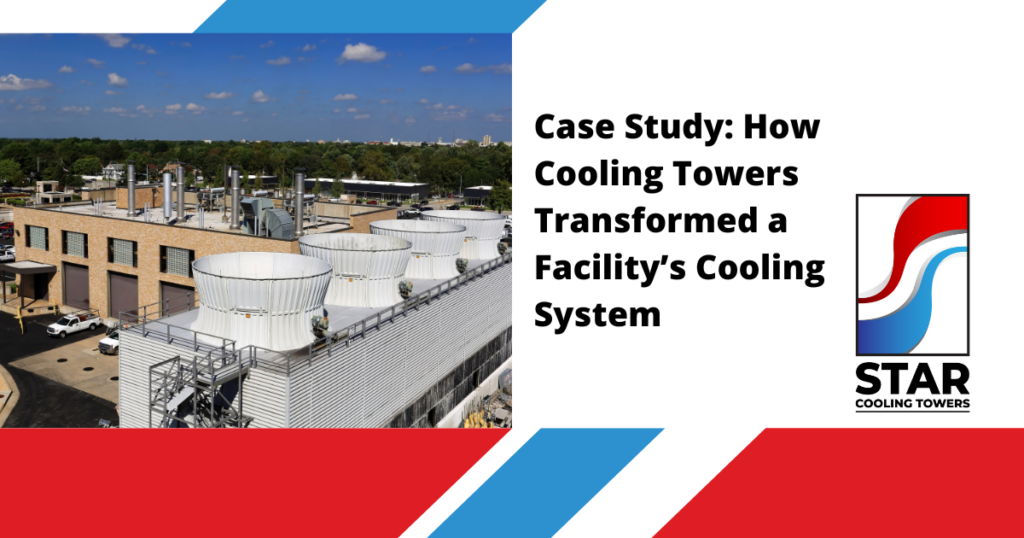
In today’s rapidly evolving industrial landscape, efficient cooling systems are essential for maintaining optimal operating conditions in various facilities. One solution that has gained significant attention is the implementation of cooling towers. This article explores a fascinating case study that highlights the transformative power of cooling towers in enhancing a facility’s cooling system.
The Challenge
The facility in question, a large manufacturing plant, was facing significant challenges with its existing cooling system. The traditional air conditioning units were struggling to provide adequate cooling capacity, leading to frequent breakdowns and inefficient energy consumption. The facility needed a more sustainable and cost-effective solution that could meet their cooling demands reliably.
Implementing Cooling Towers
To address these issues, the facility management decided to adopt cooling towers as an alternative cooling solution. Cooling towers operate on the principle of evaporative cooling, utilizing the natural evaporation process to remove heat from the system. This approach provides several advantages over traditional air conditioning units, including increased efficiency, lower energy consumption, and reduced maintenance requirements.
Results and Benefits
The installation of cooling towers at the facility brought about a remarkable transformation in the cooling system. Here are some of the key results and benefits observed:
Enhanced Cooling Capacity: The cooling towers significantly increased the facility’s cooling capacity, ensuring that the desired temperature levels were maintained consistently throughout the year. This improvement allowed the facility to operate smoothly, even during peak production periods.
Energy Efficiency: Cooling towers are known for their energy-efficient operation. By harnessing the power of evaporation, they require less energy compared to conventional air conditioning units. The facility experienced a noticeable reduction in energy consumption, leading to substantial cost savings on utility bills.
Reduced Maintenance: Cooling towers require less maintenance compared to traditional cooling systems. The facility’s maintenance team found that the periodic cleaning and maintenance tasks associated with cooling towers were simpler and more cost-effective, resulting in decreased downtime and increased operational efficiency.
Environmental Sustainability: The adoption of cooling towers aligned with the facility’s commitment to environmental sustainability. These towers use significantly less refrigerant and consume less electricity, making them a greener alternative for cooling needs. Moreover, the evaporation process releases less waste heat into the atmosphere, further reducing the facility’s carbon footprint.
The case study outlined above exemplifies how the implementation of cooling towers can have a transformative impact on a facility’s cooling system. With enhanced cooling capacity, improved energy efficiency, reduced maintenance requirements, and a focus on sustainability, cooling towers offer a compelling solution for facilities looking to optimize their cooling systems. As industries continue to prioritize efficiency and sustainability, the popularity of cooling towers is expected to grow, revolutionizing cooling practices across various sectors.

